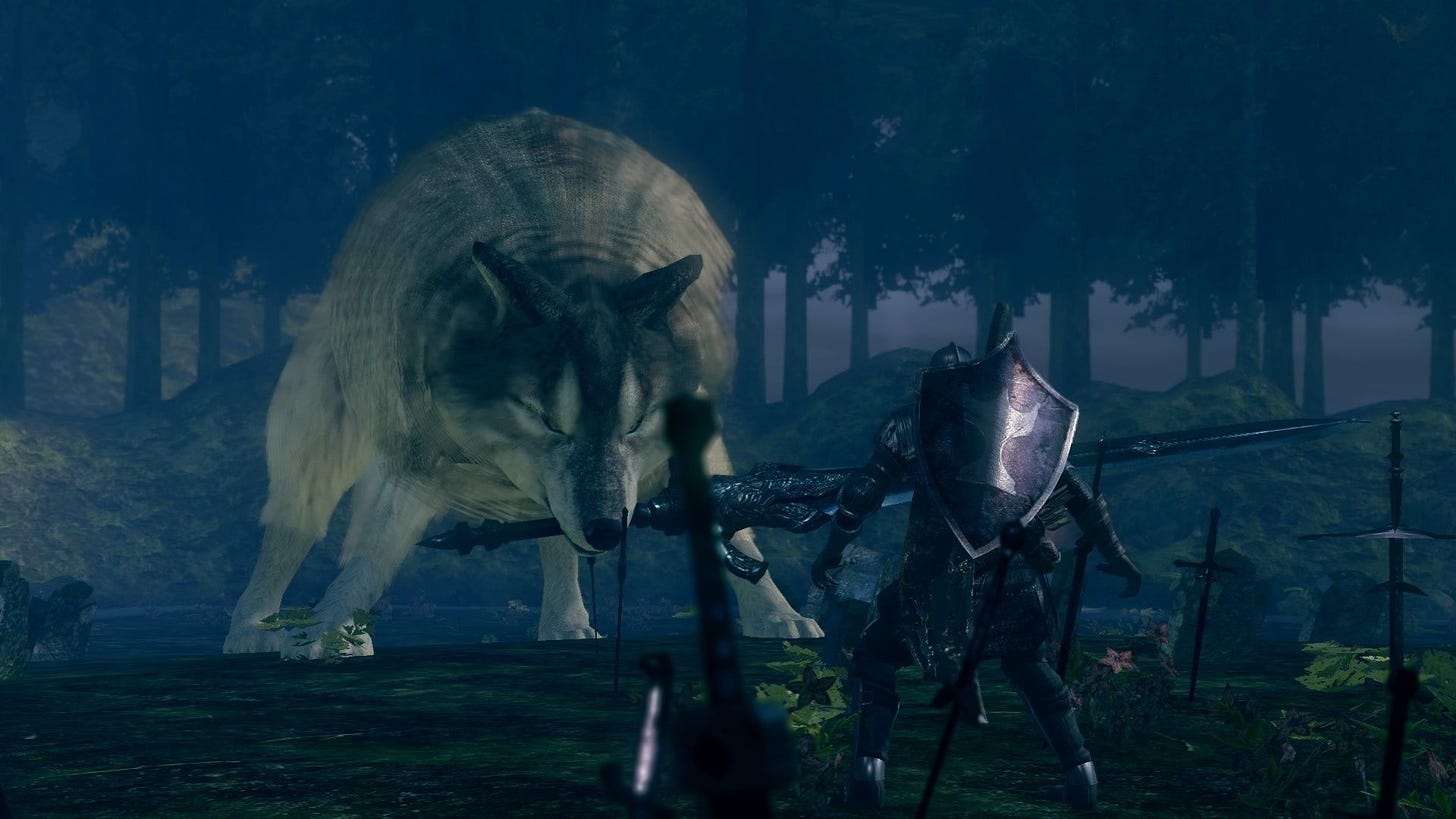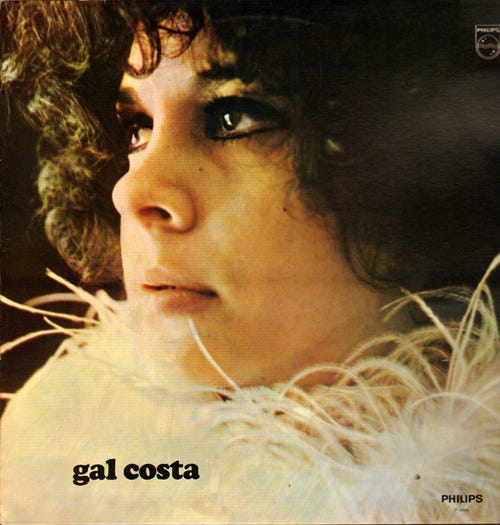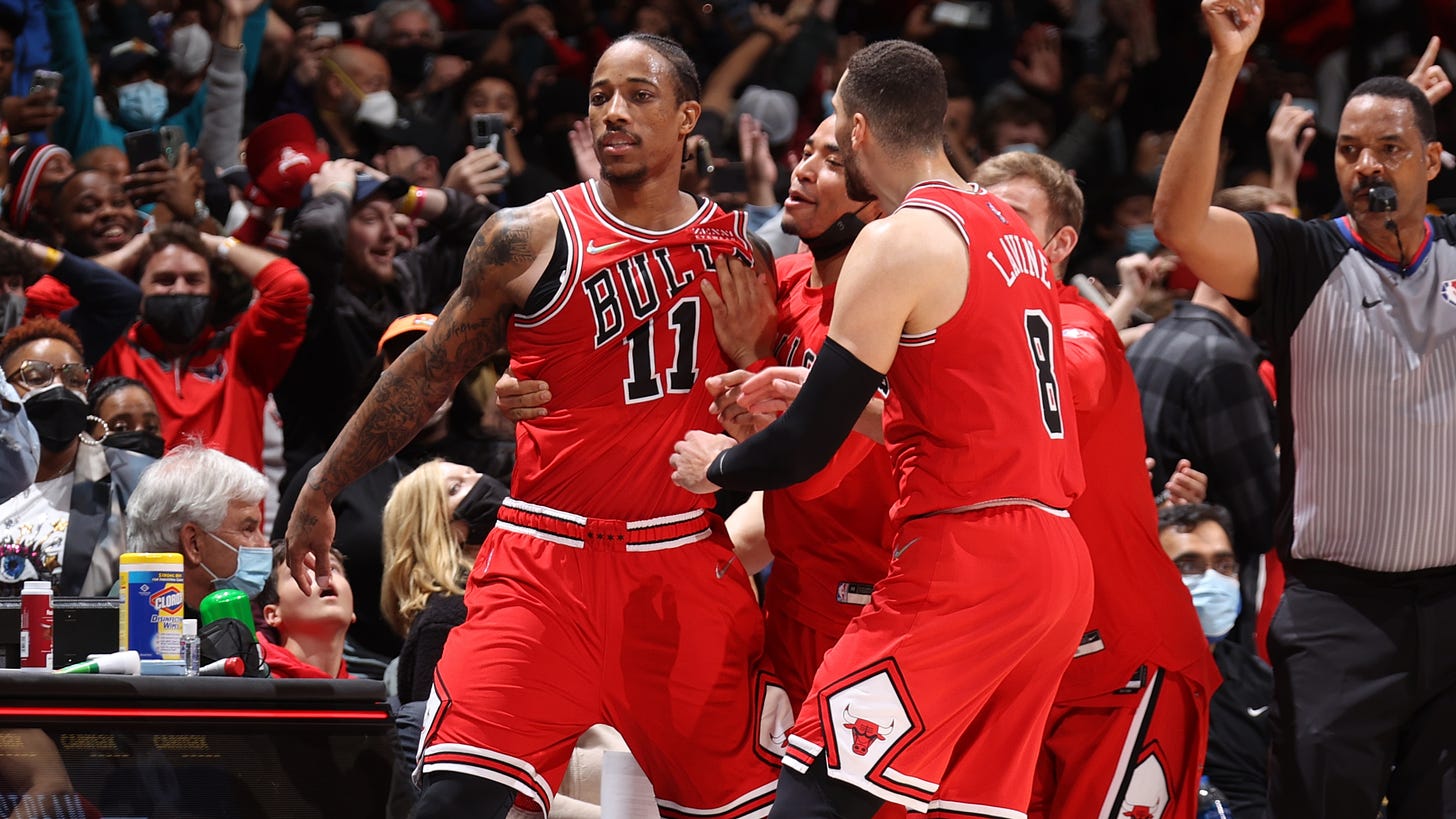You may have noticed that I haven’t had much news to announce the last few weeks. Maybe you enjoyed getting right to the heart of the matter instead of having to scroll over the stuff I’m actually using this newsletter to promote. Well too bad for you, because this week there’s a new Bellows tune for you to listen to!
Last Wednesday we released “Thumb In The Dam,” the fourth and semi-final single from our upcoming album Next Of Kin, of which it is also the semi-final track. Oliver shot the video for this tune himself. I'm really proud of one specific moment on the drums on this song, and the rest of it ain’t so bad either. Our friend Emily Reo also joined us to do some backing vocals on this one. It’s a cool song!
We’re going on a short run of shows up the east coast in the next few weeks. If you’d like to come see us live, check out these dates:
3/10 - Providence, RI
3/11 - Boston, MA
3/12 - Portland, ME
3/13 - Troy, NY
The next entry of Drumming Upstream isn’t ready yet. Instead, here is a grab bag of media that I’ve been ingesting in the last month or so.
What I’m reading: Moby-Dick by Herman Melville
I picked this one up literally off the street last summer and picked it up figuratively on Christmas Eve. The thing that people do not tell you often enough about Moby-Dick when they pitch you on its canonical greatness is how funny it is. Like, right from the first few paragraphs. It is all of the other things that I’d heard about it too, Moby-Dick is a full throated revenge epic told with biblical scale and encyclopedic detail, carried on the winds of exemplary prose. I’m not surprised that I’m enjoying the segments that get a bad rap, Ishmael speculating with flagrant falsehood about the taxonomy of whales for example was nowhere near as torturous as people have made it out to be, but I wasn’t expecting to be buoyed in between those tougher sections by near slapstick level comedy.
My other revelation about Moby-Dick will be readily apparent to anyone with a legible calendar. All of the other imposing big name books published after Moby-Dick that I’ve read owe a serious debt to it. I’m thinking specifically of Blood Meridian and Gravity’s Rainbow, but I’m sure there are plenty of other examples. Not exactly a new take, but I wouldn’t have been to tell you how true this was until I read it myself. I’m only 36% of the way through the book, so hopefully I’ll come up with some fresher takes on the story by the end, in so far as freshness is possible for a book this old and remarked upon.
What I’m Playing: Dark Souls
Speaking of only just coming to obvious conclusions about long ago canonized classics… did you know that Dark Souls rules? Even when I was convinced that I didn’t care about video games anymore I knew that Dark Souls ruled. I knew it the first time I laid eyes on a screen shot of Sif, the Great Grey Wolf (see above). But now I know it in my bones. I know it the way that Dark Souls has required me to know the exact speed of my character’s ax-swing, the way I needed to know the tells and rhythms of each boss I’ve faced in order to last long enough to land a single blow.
If you aren’t familiar, Dark Souls is a video game. The medieval fantasy world of Dark Souls is filled to the brim with a menagerie of detestable freaks and monsters all chomping at the bite to watch you die. Your job as the player is to deny them the satisfaction as frequently as you can. You will die. Your hateful foes will parade over your corpse and delight at your every mishap. But with enough patience, skill, and determination even the most obstinate of Dark Souls’ adversaries can be bested.
The benefits to bearing with Dark Souls’ difficulty are two-fold. First, getting good is its own reward. Rising to meet the game’s challenge is satisfying the way overcoming any tricky task is. The second reward is the world of Dark Souls itself. I lack the game designer’s chops or vocab to describe what FromSoft accomplished with the world of Lordran with technical expertise so hobbyist’s enthusiasm will have to suffice. Lordran doesn’t sprawl so much as it knots into itself. It’s paths bend and bleed into each other, looping you through new parts of old areas when you least expect it. It does wonders for my brain to put together piece by piece how a map like this works. No joke, I think exploring complex video game environments like the ones in Dark Souls helps me make sense of some equally complicated music.1
But who am I kidding? I know who subscribes to this newsletter. Most of you don’t need me to explain shit about Dark Souls. I bet you aren’t even reading this because you’re too busy playing Elden Ring. I hope you’re having fun, and at this rate I should be caught up to you by 2030.
What I’m listening to: Gal Costa by Gal Costa
For the last few years I’ve taken part in Gary Suarez’s #MusicWritingExercise (abbreviated to #MWE). The goal is to listen to an album you’ve never heard before and write a tweet-length review of it every day for the month of February. I pick my daily album at random from a list of albums that people recommend to me or that I recommend to myself. That list is currently 372 albums long and has rec’s that date back to mid-2019. A lot of other people that try #MWE write out their picks in advance, but I’ve always liked the surprise of hearing things by chance. Feels more organic that way.
This year my favorite record of the month was Brazilian singer Gal Costa’s 1969 self-titled album. Brazilian music from the late 1960s in my experience uniformly rules. I believe, with equal parts sincerity and self-aware contrarianism, that if VH1, Rolling Stone and the rest of the classic rock industrial complex had been weaponized to put MPB onto the iPod of every shaggy haired boy in middle school instead of Led Zeppelin that no one would ever, ever have tried to convince me that The Doors are a good band.
I’ve seen Costa’s music compared to Janis Joplin but that feels sloppy and reductive. There isn’t an easy one-to-one analogy for Gal Costa in North American popular music, in part because the record is so varied and slippery. The only real constant is the relatively hushed dynamics, but the actual content slides effortlessly between psychedelic pop, soul, rock, etc. If you’re new to the MPB sound this record is a good place to start.
What I’m watching: DeMar DeRozan & The Chicago Bulls
After half a decade of mostly miserable and mediocre basketball the Chicago Bulls are finally good again. As I write this they are in a tight race with the insufferably try-hard-hustle-grindset-ass Miami Heat for first place in the Eastern Conference. There is a lot to love about these Bulls. The arrival of Lonzo Ball and Alex Caruso injected them with much needed defensive grit and sly playmaking. Nikola Vučević struggled and then learned how to fit in on the best basketball team he’s ever played with in his NBA career. Zach LaVine proved that he’s more than just pretty dunks and empty stats. Ayo Dosunmu might be the Kwisatz Haderach.
But when leaned over on barstools and glassy-eyed with visions of former glories, the Chicago Bulls of 2021-2022 will only be associated by enthusiasts of Midwestern athletics by a single appellation; that of Compton’s Finest, the Monster of the Midrange, DeMVP, DeMarvelous, DeMar DeRozan.
DeRozan has spent the last few years in NBA purgatory, plugging away with a San Antonio Spurs team that were going nowhere. But in the last few months with the Bulls he has been redeemed. DeRozan plays a deliberately outdated style of basketball. Conventional wisdom points basketball offense to its extremes; if you aren’t dunking or hitting a three you’re wasting your time. The only exceptions to this rule are statistical outliers like DeMar DeRozan who have transformed the no-mans-land of the midrange into their comfort zone. By playing as if it were still 1996 DeRozan has kept the Bulls afloat during a season riddled with injuries and COVID-related absences.
I don’t cite that year lightly. DeRozan is stylistically speaking a third generation descendent of that most holy of Chicago Bulls icons by way of Kobe Bryant. DeRozan has never even made the NBA finals so that comparison might strike some as blasphemous, but watch him play and tell me you don’t see it. You can see it in his footwork and shot selection, the mechanical and material reality of his game, but also in the harder to quantify emotional end. DeRozan’s one-man-against-the-world isolation game at moments of extreme pressure is what makes him a worthy heir to Jordan’s blood red throne. I have my doubts that the Bulls can make serious inroads into the post-season this year, but every time DeRozan pierces through the defense, pivots and pulls up with the clock winding down I allow myself to believe.
I also have serious doubts that I’ll be able to get a newsletter together for next week since I will be spending each night this week rehearsing for a musical theater gig, but I will try and throw together something short if I can make the time.
I plan on expanding on this idea in future newsletters, but for now please enjoy Calder Hannan’s conceptually similar use of topography to explain the structure of Inter Arma’s “The Cavern”







